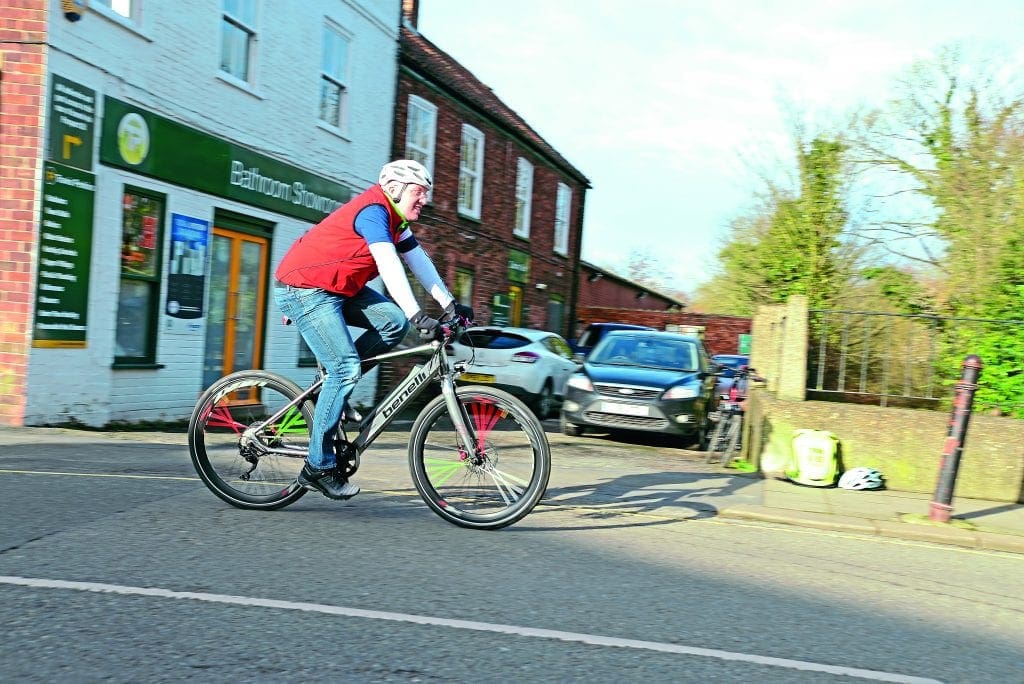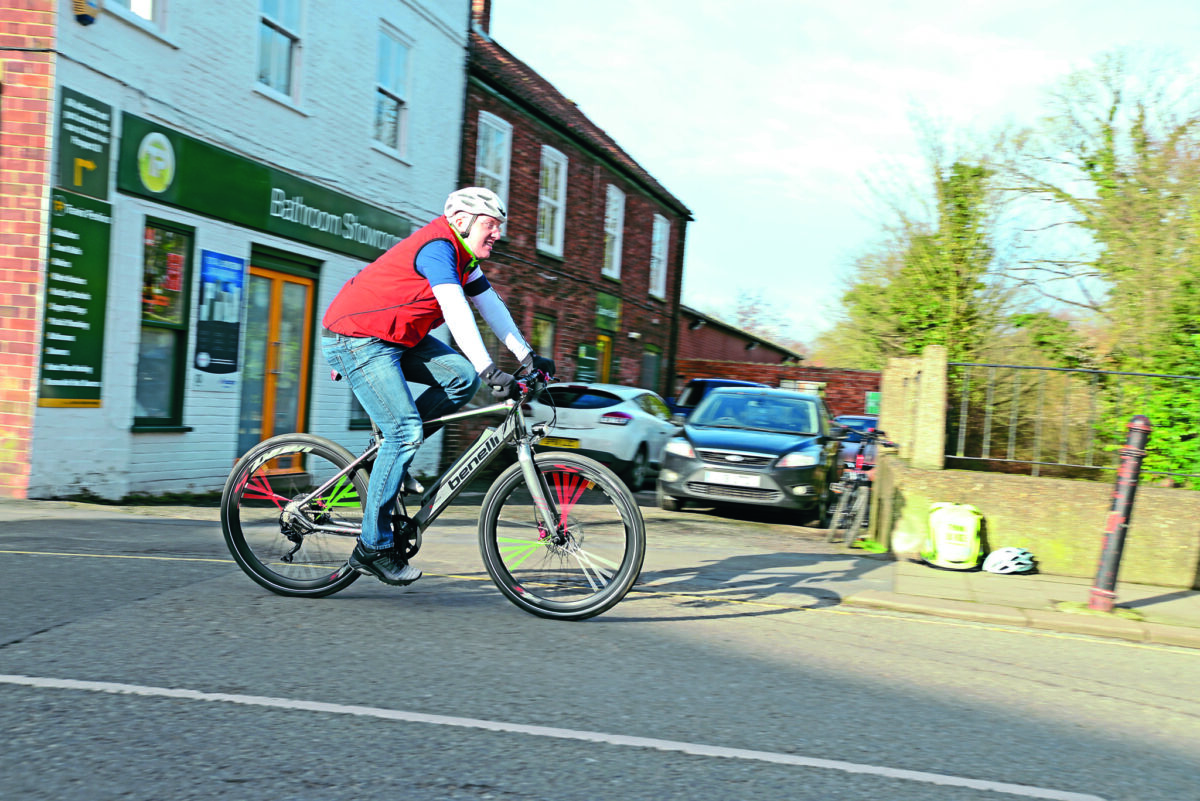
WHAT ARE THEY, HOW DO THEY WORK AND WHO CAN RIDE THEM? FIND OUT…
Electric bicycles, e-bikes, pedelecs – they go by many names, and they are becoming increasingly popular. More and more people are switching their pedal bikes, motorcycles or bus passes for e-bikes to benefit from gentle exercise, cheap running costs and environmentally friendly travel. And there’s a huge range of different makes and models available from compact town bikes to mountain conquering off-roaders.
E-bikes are basically just pedal bikes with an electric motor and a battery, giving you a bit of help with pedalling. The motor engages when the rider pedals and switches off as soon as the pedalling stops. Some bikes allow the rider to switch between different power modes and most of them have gears, brakes and other equipment very similar to normal pedal cycles.
Enjoy everything More Bikes by reading monthly newspaper, Read FREE Online.
ROAD LEGAL ELECTRIC BIKES
There are various types of e-bikes, but most of those sold in the UK are classed as ‘electrically assisted pedal cycles’ (EAPCs). And the good news is that anyone aged 14 or over can ride EAPCs. They are classed as normal bicycles, so you can ride them on roads, cycle paths and anywhere else pedal bikes are allowed. You don’t need a driving licence, number plate, insurance, MOT, tax or even a helmet (although we would always recommend wearing a helmet and sufficient protective gear) to ride electric bikes that meet certain EAPC requirements.
The key requirements of EAPC-type e-bikes are that the electric motor is only allowed to assist pedalling up to a speed of 15.5mph and that the motor is limited to a maximum power output of 250 Watts.
OTHER KINDS OF ELECTRIC BIKES
Anything that doesn’t fall within the EAPC regulations – such as ‘speed pedelecs’ that exceed the power and speed restrictions imposed on EAPC bikes – will be seen more as a moped in the eyes of the law: if you want to ride them on the roads, they need to be insured, registered and taxed, and you need a moped licence and a crash helmet. The vehicle will also need to be type approved for road use.
Advert
Enjoy everything More Bikes by reading the MoreBikes monthly newspaper. Click here to subscribe, or Read FREE Online.


